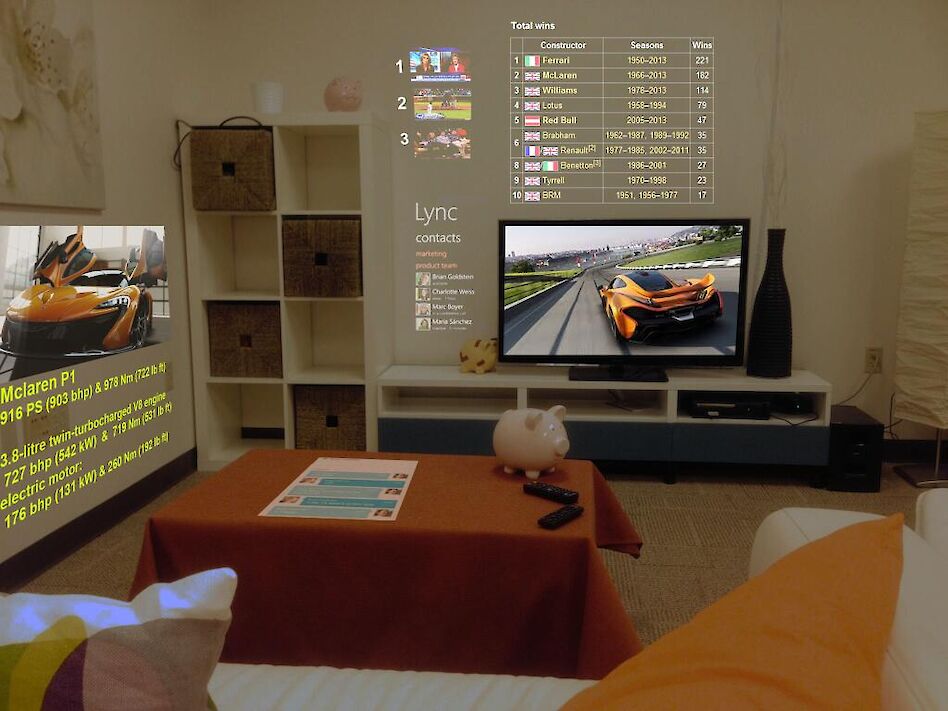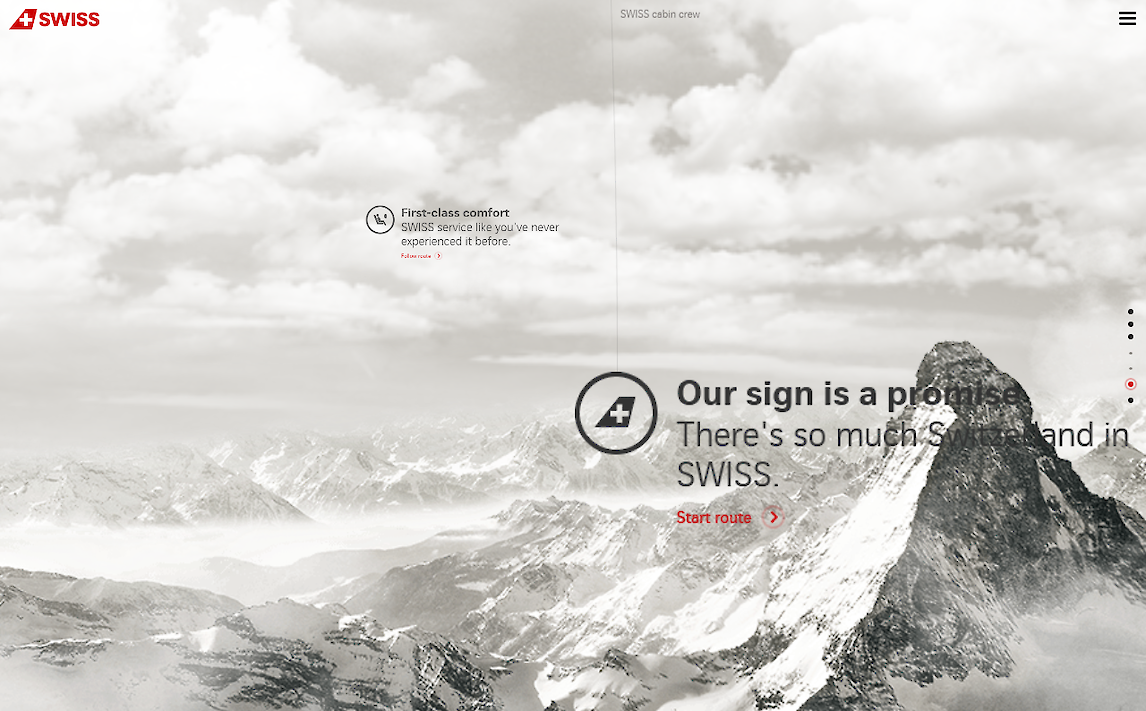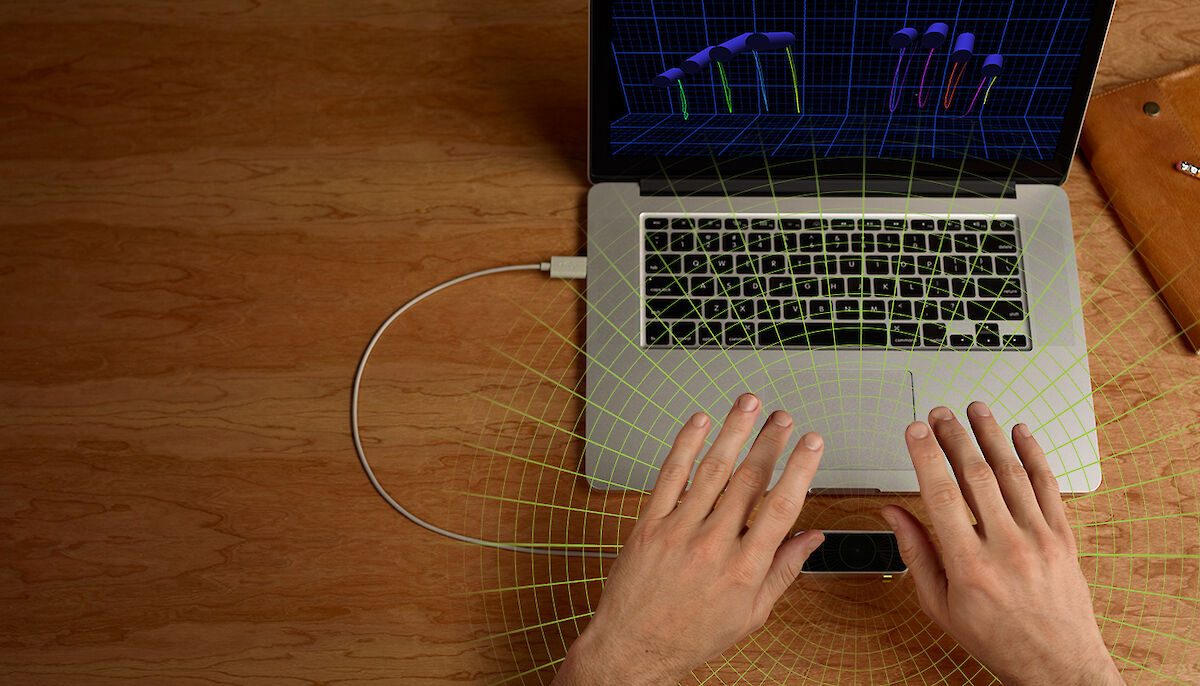Part of our job as a digital marketing agency is to keep up with the most recent updates and advances in our industry – particularly regarding web design. Smartphones and tablets have securely found their place in our internet browsing behaviour. As a result, responsive design has become commonplace for almost all new websites. But what’s the next big internet revolution? What will websites look like in 5 years time? Maybe the question is less to do with what they look like and more to do with how we interact with them. In 2015, there are now several serious attempts at taking a step towards multi-dimensional browsing. And it looks quite good. Here's a taster of what to expect for the future of your internet browsing.
Get more from your mouse
Do you ever get tired of scrolling? Social media is particularly bad for encouraging this by presenting us with an endless stream of two dimensional content. This isn't particularly exciting to navigate through and given that the mouse was invented in the 1960s, you would think that we would have moved on by now. This week we came across this excellent site from a Swiss airline. You still use your mousewheel to scroll through the content, but the experience is so much more. The site works on mobiles too so you can still get the same experience on any device.
Janus VR
Imagine web pages as rooms, and links as portals between these rooms. JanusVR is a piece of software which allows a spatial walk-through of the internet in a 3D environment. Rather than try and describe it, the easiest way to understand the concept is to take a look at the promotional video.
This certainly looks like the future, even though the graphics quite closely resemble a computer game. Virtual Reality and gaming are closely linked for obvious reasons, and with new consumer equipment on the horizon such as the Oculus Rift, virtual reality can extend to much more than computer games. Imagine experiencing your favourite music, sport or film in this way. Feeling like you are 'actually there' just got a lot more realistic.
Microsoft Research - SurroundWeb

The Microsoft Research labs have been looking into multi-surface internet features for the home. SurroundWeb uses standard web coding to assign different elements to areas of your room. For watching sport, this could mean viewing multiple angles at once whilst seeing tweets relating to the action in front of you. This seems like a great concept but in practice it requires a lot of projectors or screens. This means it would be costly to implement and complicated for consumers to install. Will it really take off? We're not sure. After all, we only have one set of eyes.
Leap Motion
Remember those scenes in Minority Report where Tom Cruise controls a computer by waving his hands about? Well believe it or not, that technology is already here. Leap Motion is a tiny device that sits in front of your computer and allows you to control it through hand movements. This works in much the same way as motion sensor features in games consoles such as XBox Kinect and PlayStation Move. Amazingly, the new Leap Motion device is only $89.
These are just a few recent examples of new technologies that can make a real difference to the way we use the internet. The way you bookmark pages, read email, browse social media and watch videos, can all be stored and explored in a different way. That means that web developers like us will have a lot of work to do in designing and developing website experiences that reach beyond the current dimensions. To us, it sounds like a lot of fun too.


